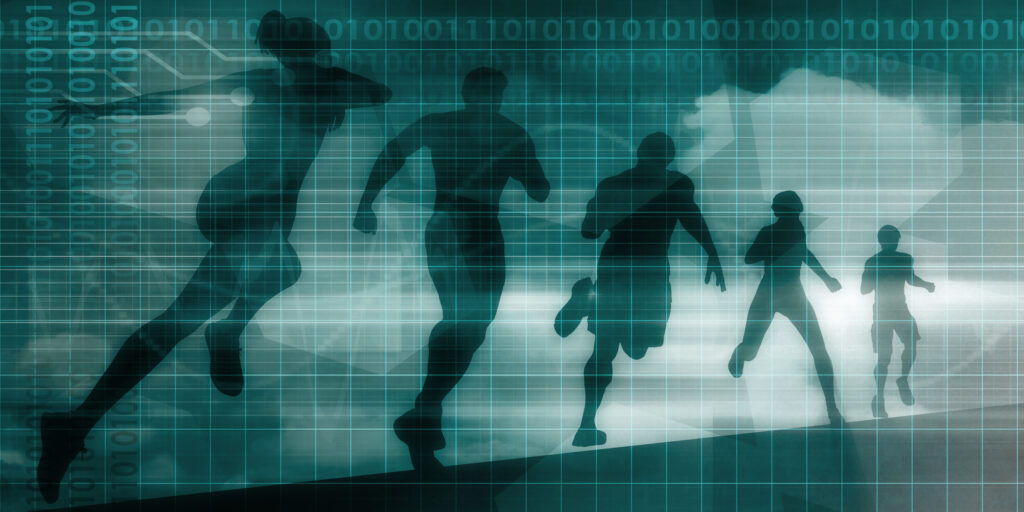Summary: The increasing use of mental health medication among teenagers has prompted concern, reflection and the need for careful clinical management. Adolescence represents a crucial period for brain development, emotional regulation and social identity formation, yet it is also a time when mental health challenges often emerge. Clinicians face the delicate task of supporting young people through pharmacological interventions while maintaining vigilance regarding safety and long-term effects. The expanding role of medical imaging, including MRI and PET, is providing new insights into how these medications interact with the developing brain. By integrating neuroimaging evidence with clinical data, healthcare providers can make more informed decisions that balance therapeutic benefits with potential risks. This approach underscores the need for a measured strategy that combines empathy, science and responsibility in the treatment of adolescent mental health.
Keywords: Teen mental health, medication, neuroimaging, adolescent psychiatry, evidence-based care, clinical caution
Understanding Adolescent Mental Health and Its Complexities
Adolescence is a transitional phase marked by significant emotional, social and neurological development. During this time, teenagers are more susceptible to mental health disorders such as anxiety, depression, attention-deficit/hyperactivity disorder (ADHD), and emerging mood disorders. The pressures of academic achievement, peer acceptance and digital social environments can intensify emotional challenges. When symptoms begin to affect daily functioning, clinicians may consider pharmacological intervention to stabilise mood, improve concentration or reduce anxiety.
However, the biological and psychological variability within this age group makes diagnosis and treatment particularly challenging. What may appear as a mood disorder could be a normal developmental fluctuation, while early symptoms of a serious condition may go unrecognised. The introduction of medication in this context requires a deep understanding of the adolescent’s environment, personality and developmental stage. A purely pharmacological approach risks overlooking the psychological and social dimensions of mental wellbeing.
The Clinical Rationale for Medication Use in Teenagers
When carefully prescribed, mental health medications can significantly improve the quality of life for adolescents. Antidepressants, stimulants and mood stabilisers are among the most common classes used to address mental health symptoms. Selective serotonin reuptake inhibitors (SSRIs), for example, can help manage persistent depression or anxiety that does not respond to psychotherapy alone. Similarly, stimulant medications can support teenagers with ADHD to focus better, manage impulsivity and enhance academic performance.
Yet medication is rarely a first-line intervention. Clinical guidelines generally recommend psychological therapies such as cognitive behavioural therapy (CBT) or family counselling before pharmacological treatment is considered. When medication is deemed necessary, it should be prescribed as part of a broader therapeutic plan that includes regular review, education about side effects and family engagement.
Adolescents often respond differently to medications compared to adults, partly due to ongoing brain development and hormonal influences. Therefore, clinicians must weigh the benefits against the potential for adverse effects such as sleep disturbance, emotional blunting or increased anxiety. The concept of “minimum effective dose” becomes vital, ensuring the medication provides therapeutic relief without excessive exposure.
Balancing Evidence and Caution in Prescribing Practices
The use of psychotropic medication in teenagers remains an area of ongoing debate. Evidence-based medicine supports their use for specific conditions, but concerns persist regarding long-term effects on the developing brain. Clinical research has shown variable outcomes, and the risk of dependency or behavioural side effects cannot be ignored. Consequently, medical professionals must exercise caution and continually reassess treatment progress.
Informed consent is essential to this process. Teenagers, along with their parents or guardians, should be given clear and accessible information about the medication’s purpose, expected outcomes and possible risks. Open communication helps build trust, encourages adherence to treatment, and allows early identification of unwanted effects.
The principle of “start low and go slow” remains a cornerstone of adolescent psychopharmacology. Doses are introduced gradually, and responses are closely monitored to ensure safety and effectiveness. Clinicians should also be alert to the possibility of symptom overlap, such as medication-induced mood changes being mistaken for an underlying disorder progression.
The Role of Medical Imaging in Understanding Medication Effects
Advances in medical imaging have revolutionised the understanding of how mental health medications affect the teenage brain. Functional magnetic resonance imaging (fMRI), positron emission tomography (PET) and diffusion tensor imaging (DTI) allow researchers to observe changes in brain structure, connectivity and activity patterns over time.
For instance, neuroimaging studies have revealed that antidepressants can influence neural circuits associated with emotional regulation, particularly within the prefrontal cortex and amygdala. Similarly, stimulant medications used in ADHD appear to normalise activity in brain regions linked to attention and impulse control. These findings provide valuable evidence for clinicians seeking to tailor treatment plans to each teenager’s neurological profile.
However, imaging results must be interpreted with caution. Brain changes observed in imaging studies may not directly translate to behavioural outcomes, and variations between individuals are considerable. Ethical considerations also arise when using imaging for diagnostic or predictive purposes in minors, as the long-term implications of these findings are not fully understood. The goal is not to rely on imaging as a diagnostic replacement but to use it as a complementary tool to refine understanding and enhance clinical decision-making.
Integrating Imaging Evidence into Adolescent Mental Health Care
Incorporating medical imaging into adolescent mental health care offers the potential for a more holistic and evidence-driven approach. Imaging can help differentiate between neurodevelopmental patterns and medication-related effects, aiding in decisions about whether to continue, adjust or discontinue treatment. For example, longitudinal imaging studies can help determine whether sustained use of certain medications influences brain maturation trajectories or functional connectivity in key regions associated with cognition and emotion.
Multidisciplinary collaboration is vital to translate these findings into practice. Psychiatrists, neuroscientists, radiologists and clinical psychologists must work together to interpret imaging data within a meaningful clinical context. When used responsibly, imaging evidence can inform public health guidelines, support personalised medicine approaches and provide reassurance to families concerned about the long-term impact of psychiatric medication.
At the same time, caution must remain at the forefront. The temptation to overinterpret imaging results or use them as marketing tools for specific treatments must be resisted. Imaging should serve as an instrument of scientific clarity rather than as a tool of commercial persuasion.
Towards a Balanced Model of Care for Teenagers
The optimal approach to mental health medication for teenagers lies in the balance between therapeutic benefit and mindful restraint. Medical imaging offers a unique opportunity to ground this balance in evidence, helping clinicians understand how treatment interacts with brain development. Yet the human element remains paramount. Medication and imaging are tools within a broader framework of empathy, education and psychological support.
Families and schools play a critical role in this framework, as consistent emotional support and open communication reinforce the stability that medication alone cannot provide. Adolescents benefit when they feel heard, understood and empowered to participate in their care decisions. A transparent partnership between healthcare professionals and families encourages accountability, reduces stigma and promotes recovery.
In the years ahead, continued research into the neural effects of psychiatric medication and advances in imaging will further refine how clinicians treat mental health conditions in young people. The goal is not to discourage pharmacological intervention but to ensure it is used wisely, with evidence and compassion guiding every step.
Conclusion
The treatment of mental health conditions in teenagers represents one of modern medicine’s most sensitive challenges. While medication can transform lives, its use must always be balanced by caution, ongoing assessment and ethical awareness. Medical imaging stands as a powerful ally in this effort, illuminating the intricate relationship between medication, brain development and emotional wellbeing. By merging clinical insight with imaging evidence, healthcare providers can offer young people the care they need without compromising their future health. The path forward demands collaboration, scientific integrity and unwavering respect for the developing mind.
Disclaimer
The information presented in this article is intended for general educational and informational purposes only and should not be interpreted as medical or clinical advice. It does not substitute professional diagnosis, consultation, or treatment provided by a qualified healthcare practitioner. Readers should not rely on this content to make decisions about medical care for themselves or others, particularly concerning mental health conditions, the use of medication, or medical imaging procedures.
Open MedScience does not endorse or recommend any specific medication, diagnostic method, therapy, or healthcare provider. The discussion of pharmacological treatments and imaging techniques is based on current scientific and clinical literature but may not reflect the most recent research or individual clinical circumstances. Adolescents experiencing mental health difficulties, or their parents and guardians, are strongly encouraged to seek personalised guidance from licensed medical professionals.
Neither the authors nor Open MedScience accept responsibility for any loss, harm, or consequence resulting from reliance on the information contained within this article. All content is provided “as is” without any warranties, express or implied, regarding accuracy, completeness, or fitness for any particular purpose.
You are here: home » diagnostic medical imaging blog »



